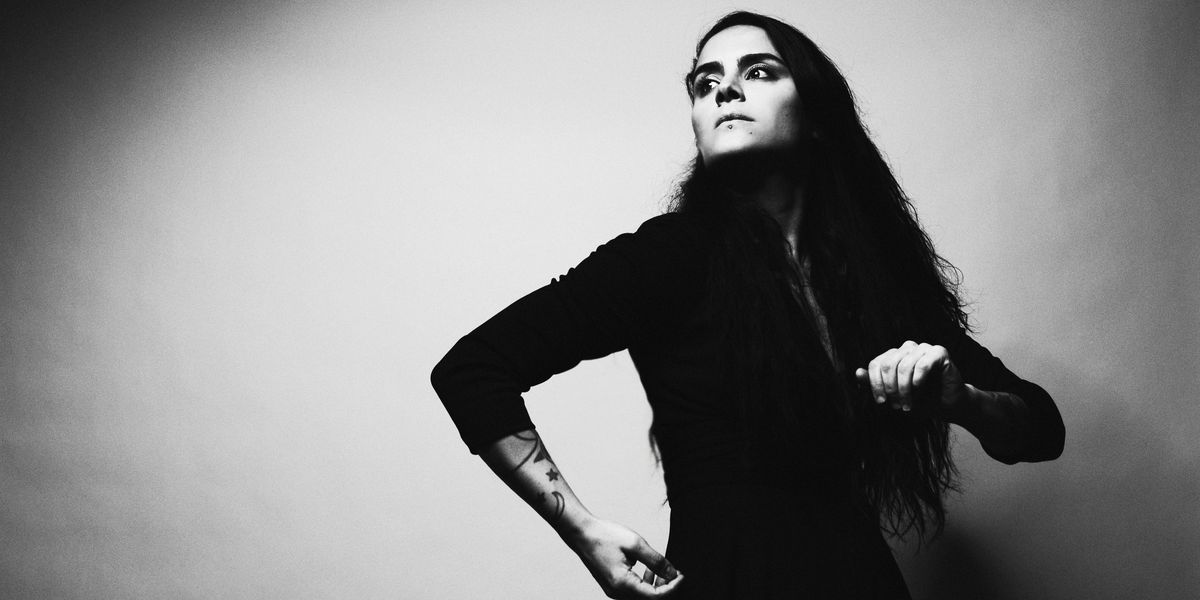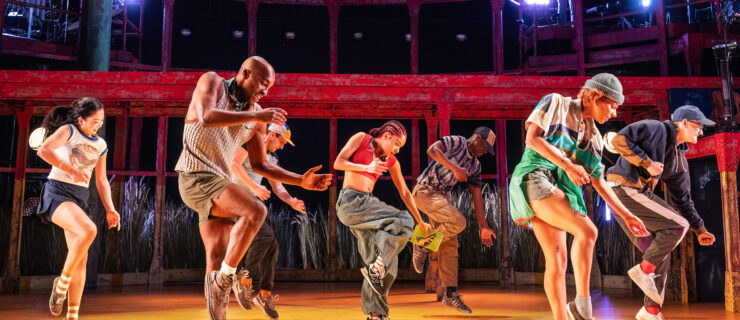Why Sonya Tayeh Leapt at the Chance to Choreograph Rent Live
When the live broadcast of Jesus Christ Superstar won NBC a ratings bonanza and a slew of Emmys last year, it was a good bet more rock operas would follow. Now Fox has lined up Broadway’s Michael Greif to direct Brandon Victor Dixon, Vanessa Hudgens and Keala Settle (among others) in a live telecast of Rent on January 27 at 7pm (tape-delayed in the Pacific time zone). Jonathan Larson’s 1996 hit musical, a rock remake of La Bohème, moves Puccini’s aspiring artists from Paris to the Lower East Side to struggle with art, poverty, AIDS and drugs. It was a sensation, winning multiple Tonys and the Pulitzer Prize, and made stars of Greif (who directed the original production), its young cast (which included Idina Menzel, Taye Diggs and Daphne Rubin-Vega), and Larson, who died tragically the day before its first preview. Sonya Tayeh, whose visceral style has much in common with the show’s mood, is choreographing Rent Live, and we spoke with her last week.
How did you get involved in the project?
I feel like it was kismet. It was at the opening or the closing of a show I did off-Broadway [The Lucky Ones at Ars Nova] and Michael came. I’d never met him, but of course I admired his work so much. And then I heard the next day that Rent Live was in the works. I called my agent and said, “This is the stuff I believe in—paths crossing surprisingly—and I would just love to have my name in the hat.” And a week later Michael called! He felt the same way, which was really awesome. And we met, and it just made sense—it just exploded. He came to Boston, where I was doing Moulin Rouge; he came to see the show, and we sat for our first meeting for four hours.
Did he give you notes on Moulin Rouge?
Of course!
What appealed to you about doing Rent?
It’s one of those shows that was ahead of its time, and incredibly thought-provoking—so conscious of the experience that Jonathan had in New York and in the world. It’s about struggle and sexual orientation, death and sorrow—all of these really hefty, hefty emotions. For my friends in theater and my art friends, it stuck with them, and it stuck with me as well. It’s an iconic piece of art that you wanna be part of. Such a gritty, honest, raw, beautiful, personal piece of art.
How do its poor, struggling artists intersect with your own experience?
I was that—having big dreams and afraid of the scale of your dreams. And not having the means to go to that really amazing school or take that big risk. It’s scary when you don’t have that. And also to be in a time where people were dying—hundreds of people were dying and no one was helping. But for me, in terms of the starving artist part of it, my dreams got bigger. And I wouldn’t trade it for the world, honestly. It really made me a disciplined, super-driven person. But it was so difficult. I had a super-crappy first car—a Ford Escort stick shift with just rust. I would scrape underneath the seat to find change to pay for gas. The owners of studios that I taught at during college would drop off soup to me at school. But I was the happiest; I was the most fulfilled, because I was surrounded by people who thrived inside of their craft and did the work—a community of people that supported me.
And how is all that going to inform the choreography?
We’re just dreaming up ideas. It’s such a beautiful piece, it doesn’t have to have an immense amount of revision. The intimacy behind the story is so inside of it, and vivid. It’s just a matter of making sure we hold on to that depth. I will be in the studio just starting from the top, seeing what comes out. I have every desire to pay homage to iconic moments physically that I think are in the show. But we have a bigger ensemble. What does that look like, a bunch of East Villagers, New York artists? What does it feel like to multiply “La Vie Bohème”? What does it feel like to multiply “Contact,” “Santa Fe”? And I want to connect and intertwine them, make sure it all makes sense—not just, now we have this exciting dance number. Which sounds easy, but is actually very difficult.




